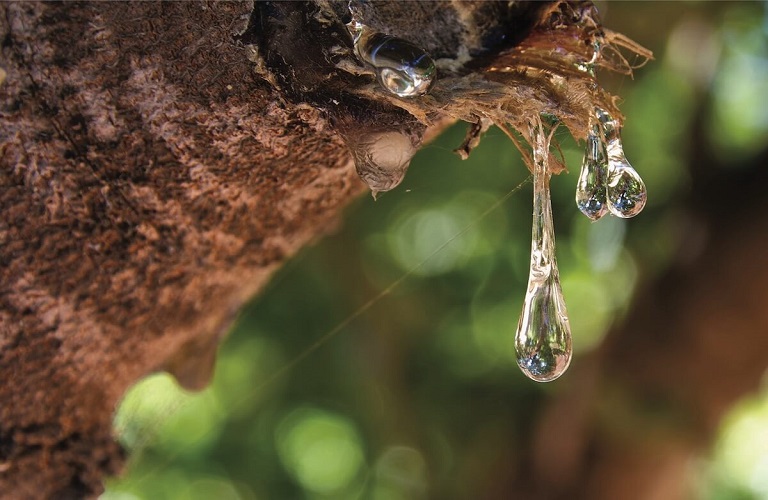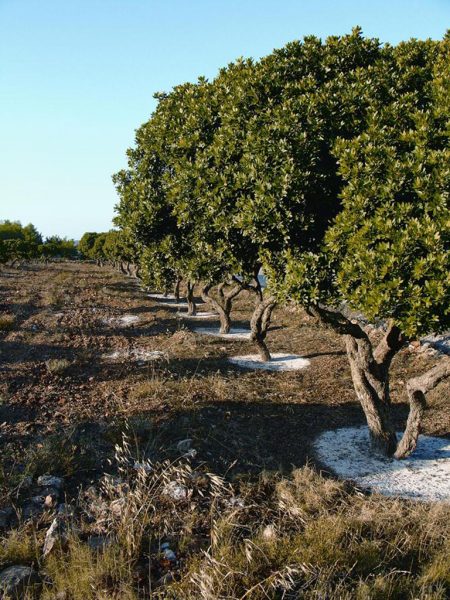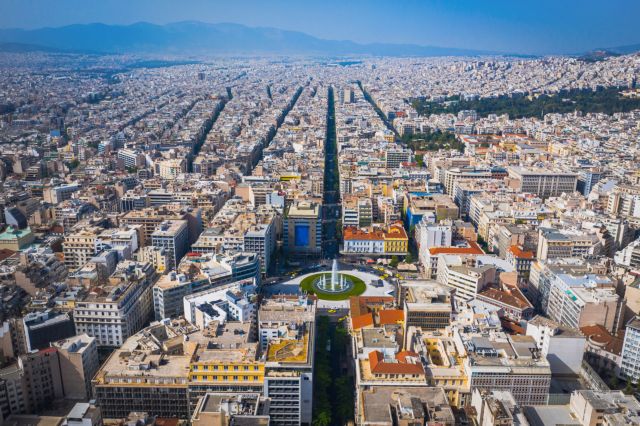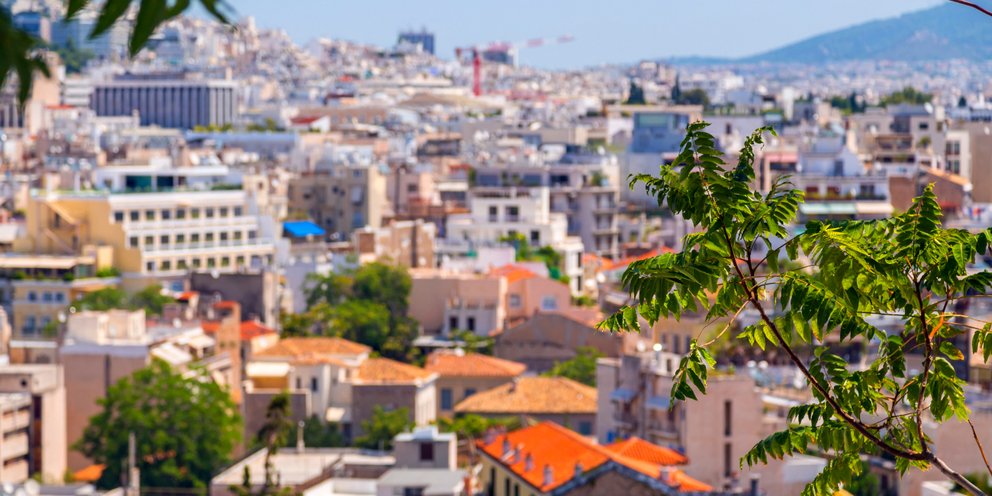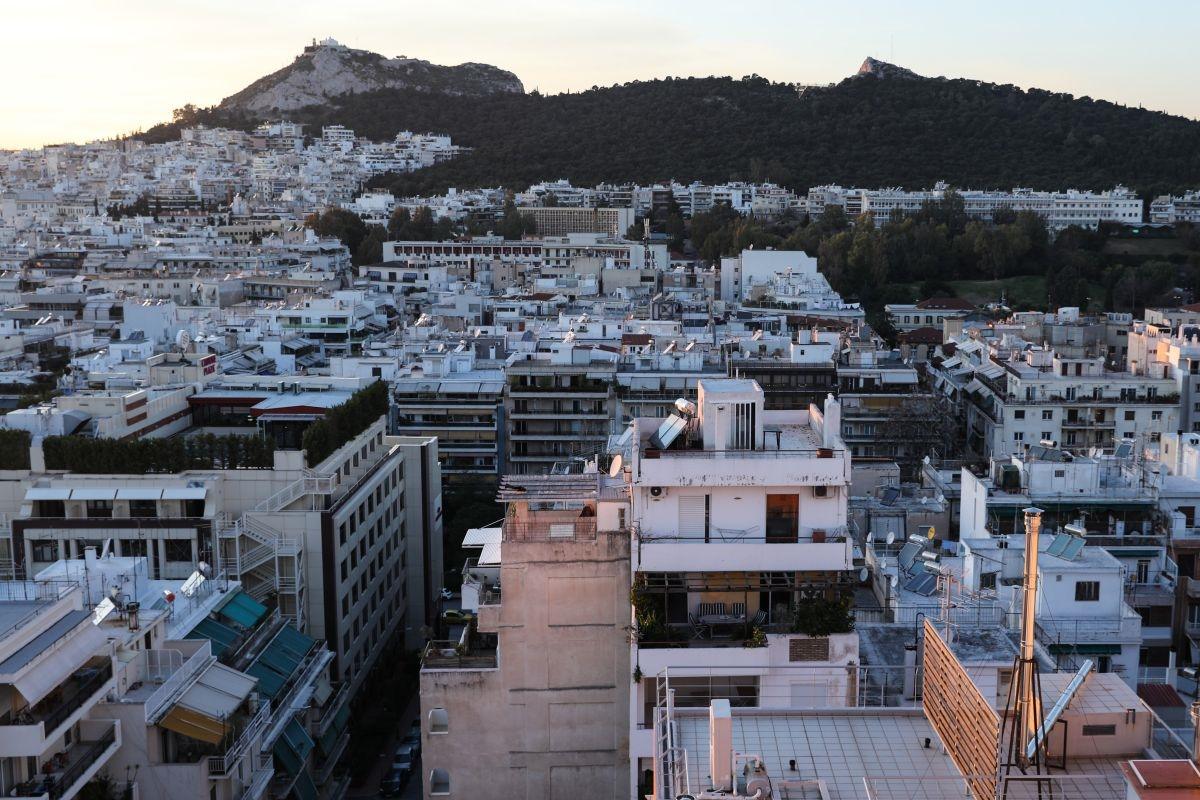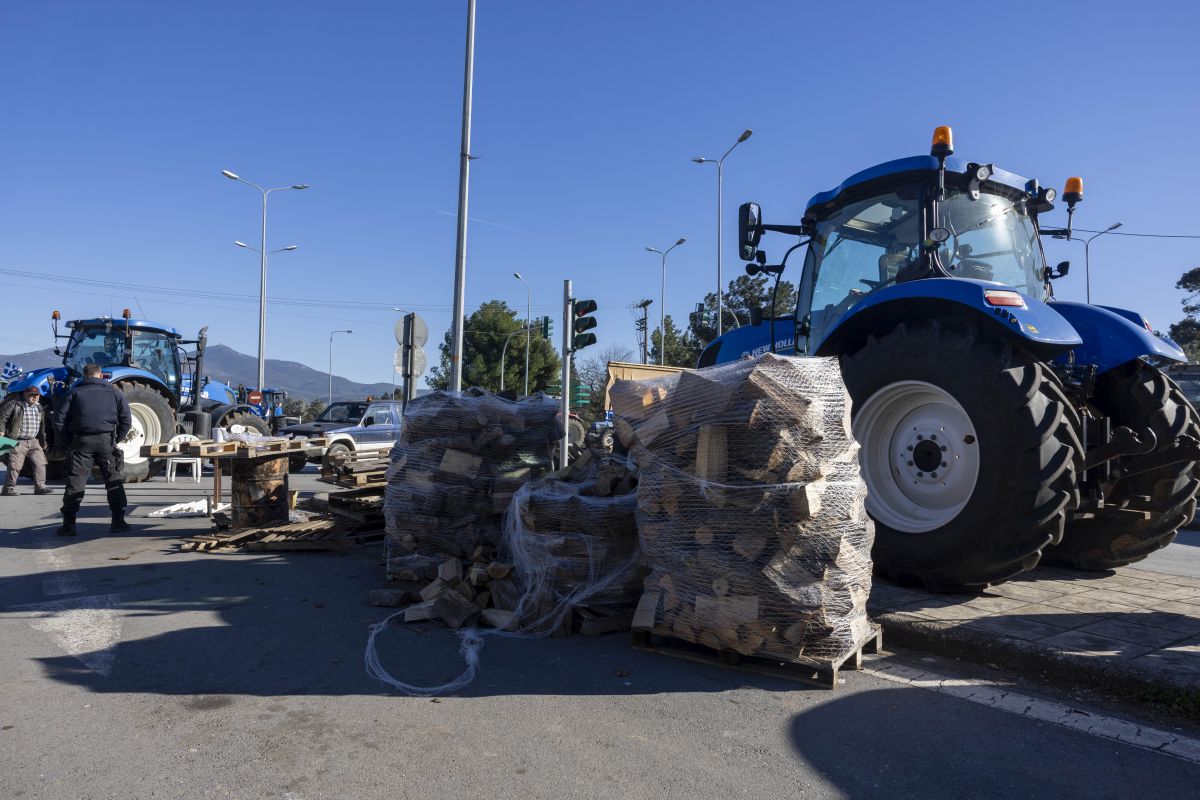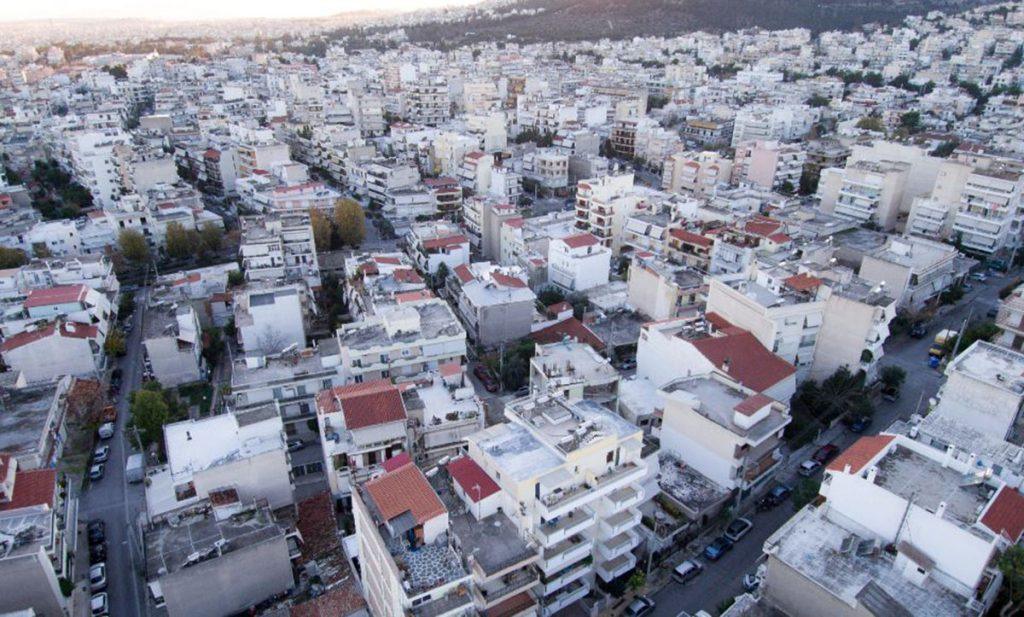A particular dynamic is recorded by the treasure of Chios, the unique mastic, which is secreted in the shape of tears from the trunk and large branches of the mastic tree. It is essentially a legendary product intertwined with traditions but also with unique beneficial and healing properties.
Demand exceeds production, as it is one of the Greek products recognized internationally. In fact, 80% of mastic production travels to the USA, South Korea and Saudi Arabia.
Production is also on the rise
Year by year the production of mastic increases. As the president of the Mastic Producers’ Union of Chios, Mr. Giorgos Toumpos, tells OT, the 2020 harvest was 215 tons, in 2021 it reached 213, while this year due to a rainfall in August, during the harvest season, the production is expected to reach 200 tons .
“In the last 30 years our productions have been from 90 to 150 tons. However, in recent years the reputation of the product in the international markets and the surge in demand have led to the increase in prices”, emphasizes Mr. Toumpos.
The new plantings
Thus, many new growers as well as existing mastic growers turned to new tree plantings, entered the field more organized and took advantage of RDP financial tools such as the young farmers program and improvement plans.
Now, a large part of the labor force of Chios is exclusively engaged in mastic cultivation, while agricultural holdings that were abandoned in the 60s “are currently being revived and are slowly coming into production, while the producers are enjoying a good income. This resulted in a production of 150 tons reaching 215 tons and we estimate and hope that in the next 5 years the production will reach 250 to 280 tons.”
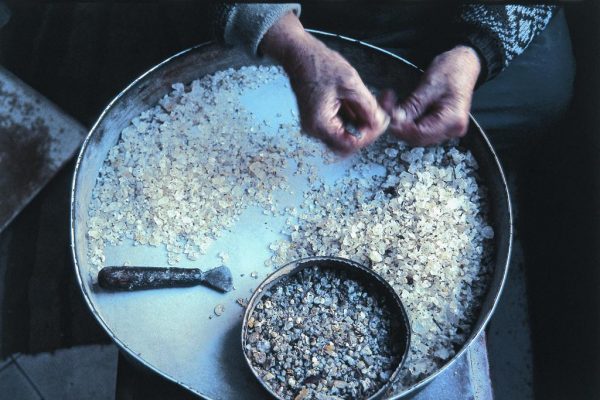
The island currently has 1,200,000 trees and the remarkable thing is that each tree produces around 200-250 grams of mastic. That is, a small amount, but as it turns out, particularly profitable for the producer.
In the last 5 years, the price of mastic has recorded the same dynamics as the production.
The average price given by the Union to mastic producers, together with the surplus, reached 87 euros/kg, while as the president estimates, this price is expected to increase.
The secrets of the mastic tree
The microclimate, eugenics and the commercial acumen, combined to finally identify mastic with southern Chios. The paradox that while mastic trees exist throughout the Mediterranean, only in southern Chios are they systematically cultivated and produce mastic which is probably due to the three secrets above.
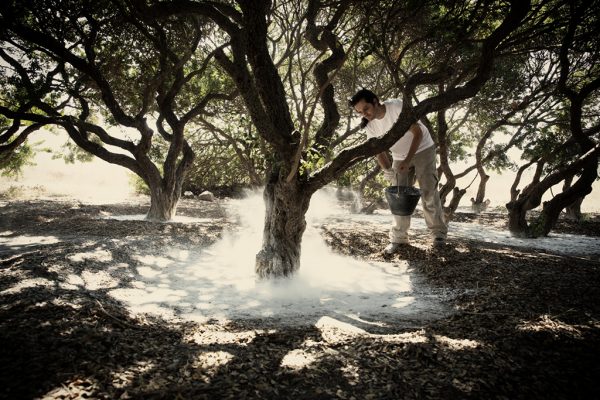
The mastic tree (Pistacia lentiscus) is an evergreen shrub of 2-3 meters in height that grows slowly and reaches its full development after 40-50 years, reaching up to 5 meters in old plants.
It lives over 100 years and the production of mastic is not possible until after the fifth or sixth year of its planting. Its performance reaches its maximum after the fifteenth year. From 70 years onwards, its performance drops significantly. The average annual yield per tree is 150-180 grams of mastic, while there are also rare cases of trees that produce two kilograms and trees that produce only 10 grams. Males are mainly cultivated because they are more productive. Cultivation care and soil play an important role in efficiency.
New plantations come from branches of old trees (cuttings) and the old ones are renewed with cuttings or offshoots. They cut a cutting from a proven good plant and place it in the soil, leaving out only a few leaves at the top. If the cuttings “take hold”, then they no longer need special cultivation care.
